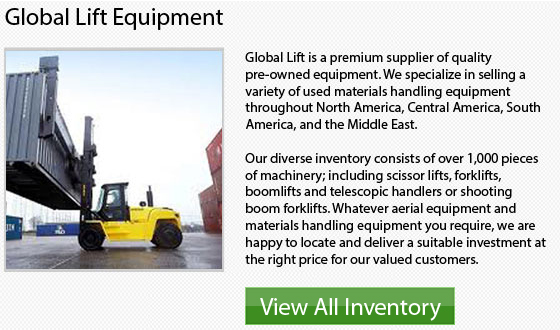
More than 80 years ago, a gentleman called Lester M. Sears believed it could be a wise idea to modify a farm tractor for industrial application. He made the "Model L," and though it could appear a bit outdated at the moment, it was packed with new ideas. The equipment changed and transformed the materials handling industry.
The initial truck which Lester offered innovations on has become the basic nowadays in the forklift business. Several of these key features consist of: rear-wheel steering, wheel drive, hydraulic lifting and tilting and equal reverse and high-speed forward gears.
During 1965 the corporation was obtained by Caterpillar and Lester began "Towmotor" and then began CAT Lift Trucks. With the same commitment to practical solutions, dedication to new ideas and extraordinary dependability, CAT enjoys thinking that they are direct descendants of Lester's. The Model L was so durable and effective that the prototype worked hard for more than 30 years before finally retiring.
Caterpillar formed a joint venture in 1992 with MHI Ltd. or Mitsubishi Heavy Industries. They brought together marketing and financial strengths and technological strengths in the manufacturing of material handling equipment. The business has had their headquarters in Almere, the Netherlands ever since that time.
CAT forklifts are presently amongst the best built machinery in the industry. CAT produces lift trucks that operate on diesel, LPG, electric counter balanced units and gasoline engines. The corporation makes a complete series of warehouse machines too. The local CAT dealers are among the best in the industry and provide over 80 years of pertinent experience.
The particularly designed RTCH rough terrain vehicle could operate in up to 5 feet of sea water. This unit can function on soft soil locations like unprepared beaches. The RTCH could handle the 8 foot wide and 20 to 40 foot long containers.